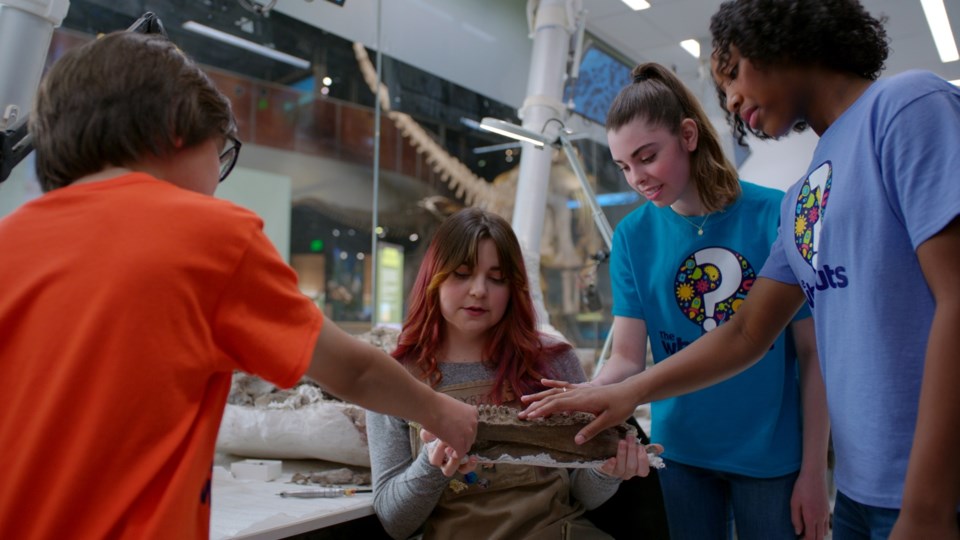Last year, when the COVID-19 pandemic forced schools and museums to close, the Perot Museum’s educators spent the summer in focus groups with 30 school district representatives trying to figure out how best to help children struggling with virtual learning. They found that a virtual program “featuring STEM workforce development” was something all schools could agree was needed.
This led the Perot Museum of Nature and Science to develop and launch a new virtual program to help students get back to interactive learning. The program — called The Whynauts — is a 10-episode STEM education series and is set to reach 250,000 students this year and quadruple that number next year.
Over 40,000 students have already registered for the pilot episode, including more than 5,500 from Collin County. And several school districts are already incorporating the series into their curriculum.
“We may be facing years of learning loss, especially in the sciences — a byproduct of this historic pandemic,” Dr. Linda Silver, Eugene McDermott Chief Executive Officer of the Perot Museum, said in the release. “But now we are better equipped to deal with these new challenges and help close the COVID learning gap. And be a resource for even more students, parents and school districts.”
Each of The Whynauts' episodes brings field trips to the screen and takes students on journeys through the Perot Museum’s exhibit halls. They also visit some of North Texas’ most well-known landmarks, such as the Dallas Zoo and Trinity River.
All 10 episodes were created in alignment with the Texas Essential Knowledge and Skills standards. Each episode is under 15 minutes long and includes learning materials, lesson guides and activities. The content in the episodes is appropriate for grades K-8.
The episodes focus on three categories — physical science, earth science and life science. Specifically, the episodes cover topics like space, weather, engineering, chemistry, plant and animal adaptations, paleontology and plate tectonics.
But with that, Perot museum also had another goal with the series — diversity. It’s common knowledge that STEM fields tend to lack minorities and women. Several episodes will feature female STEM innovators from the American Association for the Advancement of Science IF/THEN ® program.
“It was really important for us to make sure all children, especially diverse audiences, see themselves represented prominently in STEM fields,” said Jessica Chavez, chief learning officer of the Perot Museum. “That desire carried over into the production of The Whynauts series. It even played a role in how we chose our amazingly talented cast of youth actors. [It also played a role in how we] spotlighted North Texas scientists who represent a variety of STEM careers.”
Available in English and Spanish, the first two episodes launched on May 20, and can be found here. The remaining eight will appear throughout the summer. The program is available to anyone who registers. All schools will be able to access the episodes for free throughout the 2021-2022 school year.




